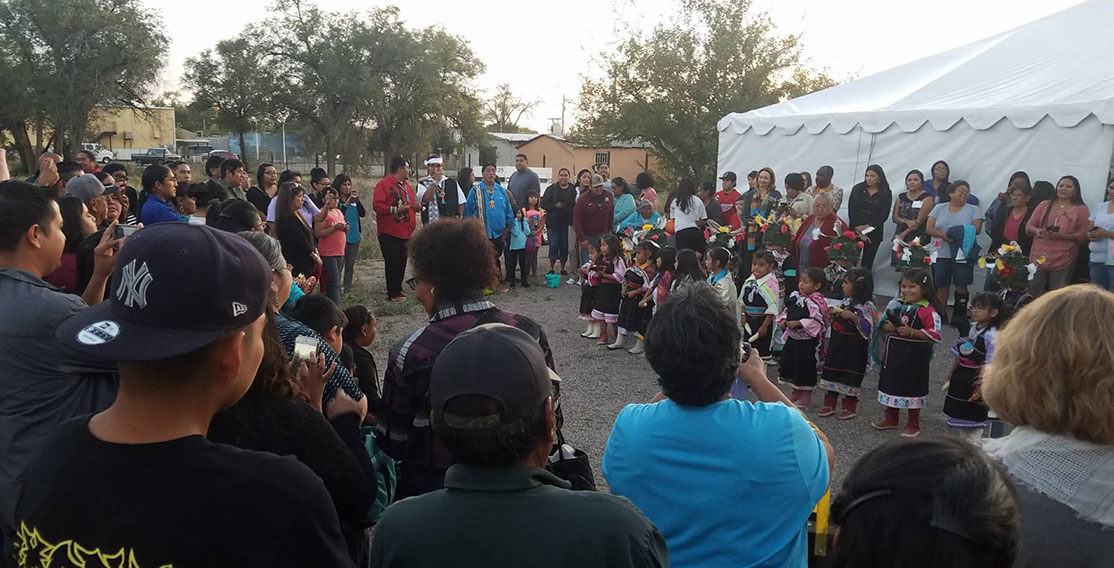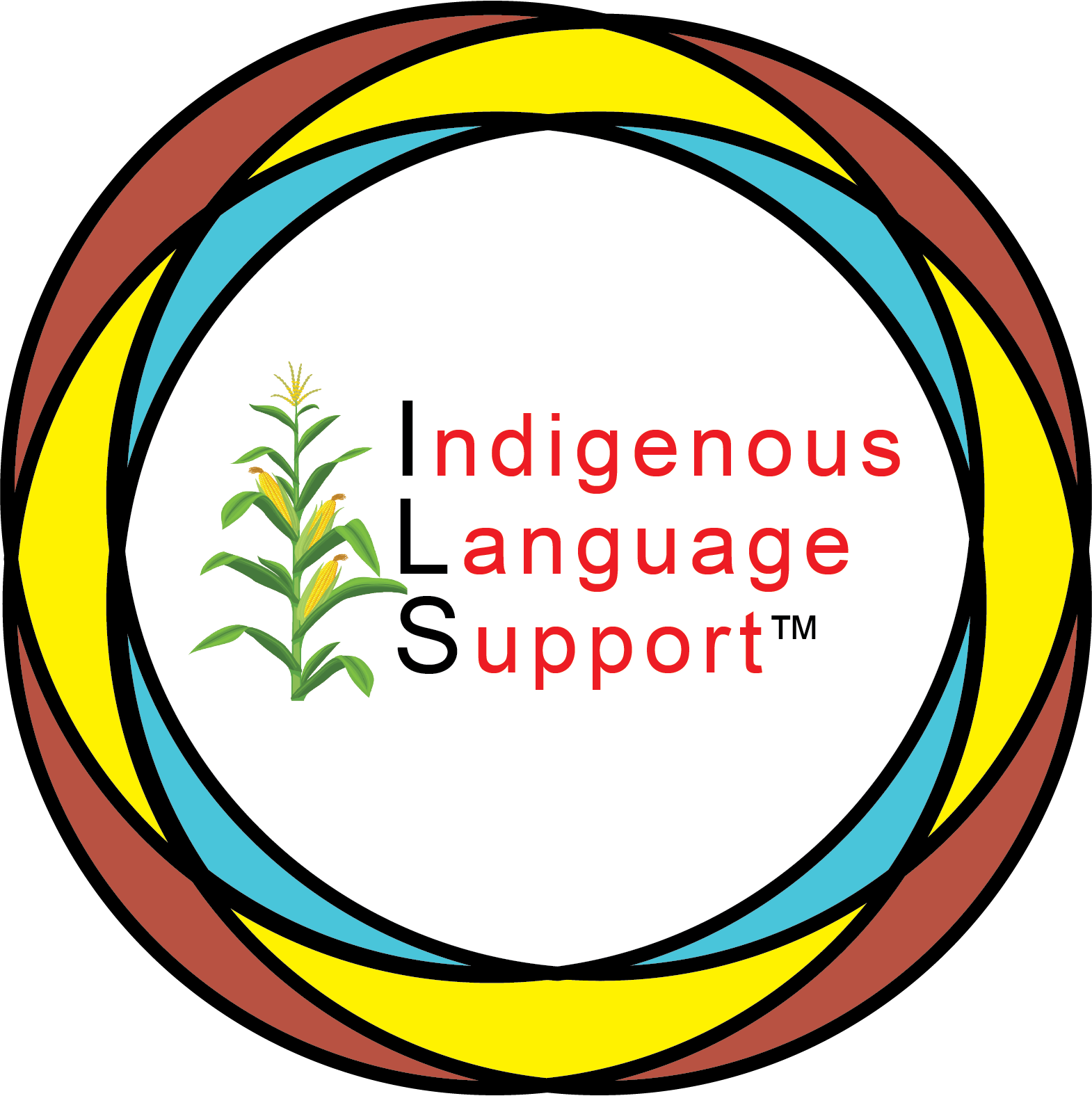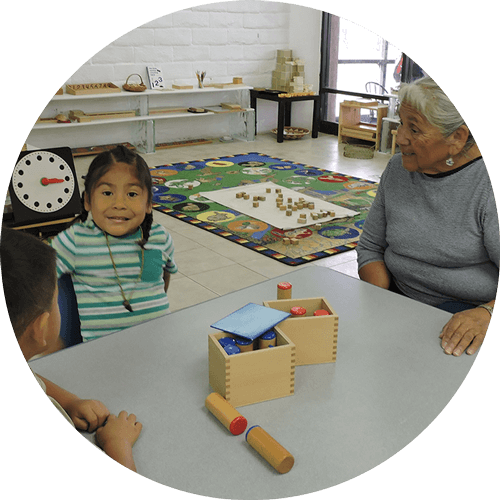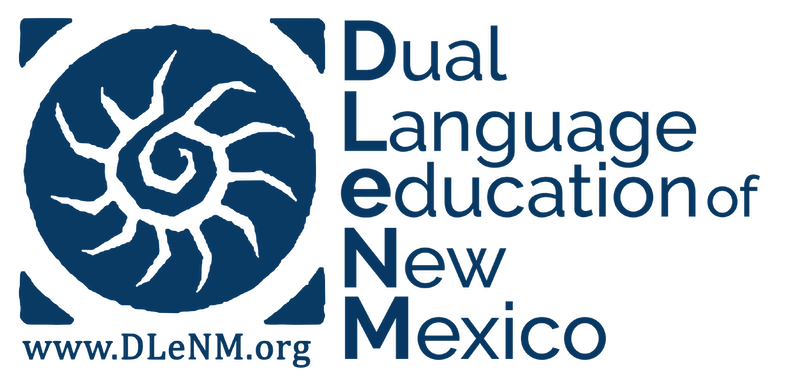
Indigenous Language Support (ILS)
Indigenous Language Support (ILS)
About Indigenous Language Support
Indigenous language communities face the unique challenge of revitalizing and/or sustaining their language. Their inherent right to an Indigenous way of life and language must be centered in the community’s efforts to ensure that there are future generations of speakers. This is necessary to mitigate the realities of colonization that have impacted communities in every facet of their existence, including the vitality of their local Indigenous language.
Advocates for an Indigenous-focused lens understand the need to look within each community and leverage local assets and resources, such as elders, community leaders, parents, and speakers of the language to begin defining the local cultural and linguistic expectations for language learning. There may also be a need to seek permission to bring the language into the schools. This community-based narrative for language learning provides a blueprint for local schools for the survival of the community's language. This process underscores community language sovereignty and honors, respects, and validates cultural and social norms.


About Indigenous Language Support
Indigenous language communities face the unique challenge of revitalizing and/or sustaining their language. Their inherent right to an Indigenous way of life and language must be centered in the community’s efforts to ensure that there are future generations of speakers. This is necessary to mitigate the realities of colonization that have impacted communities in every facet of their existence, including the vitality of their local Indigenous language.
Advocates for an Indigenous-focused lens understand the need to look within each community and leverage local assets and resources, such as elders, community leaders, parents, and speakers of the language to begin defining the local cultural and linguistic expectations for language learning. There may also be a need to seek permission to bring the language into the schools. This community-based narrative for language learning provides a blueprint for local schools for the survival of the community's language. This process underscores community language sovereignty and honors, respects, and validates cultural and social norms.

Support for Tribal Communities

Support for Tribal Communities

Community Narrative
DLeNM facilitators partner with community members to:
- acknowledge the impact of colonization on the community,
- acknowledge the assets within the local community,
- define the cultural and linguistic expectations for language learning, and
- strengthen an appreciation for the local language and knowledge.
This process will result in a community narrative.

Program Planning Support
School language program planning will:
- use the community narrative as a blueprint for language program planning,
- identify community and school resources,
- affirm the local community knowledge and language, and
- be accountable to the cultural and linguistic expectations of the community.

Program Implementation
Based on the blueprint for language learning, planned professional development will:
- support community-appropriate language development, i.e., oral language only, biliteracy, intergenerational communication, etc.,
- validate the local community knowledge and language, and
- elevate the community language within the school (equity).

Program Reflection
Revisit community narrative on the implementation of the language program
- Continue dialogue on the role of languages in schools,
- Affirm accountability to community expectations by school leaders, and
- Evaluate the impact of community resources and speakers of the language in developing speakers.
Indigenous Language Support Flyer
If you would like more information or want to schedule training for your school/district, please contact:
Patrick Werito
Project Coordinator of Tribal Initiatives
patrick@dlenm.org
505-243-0648
